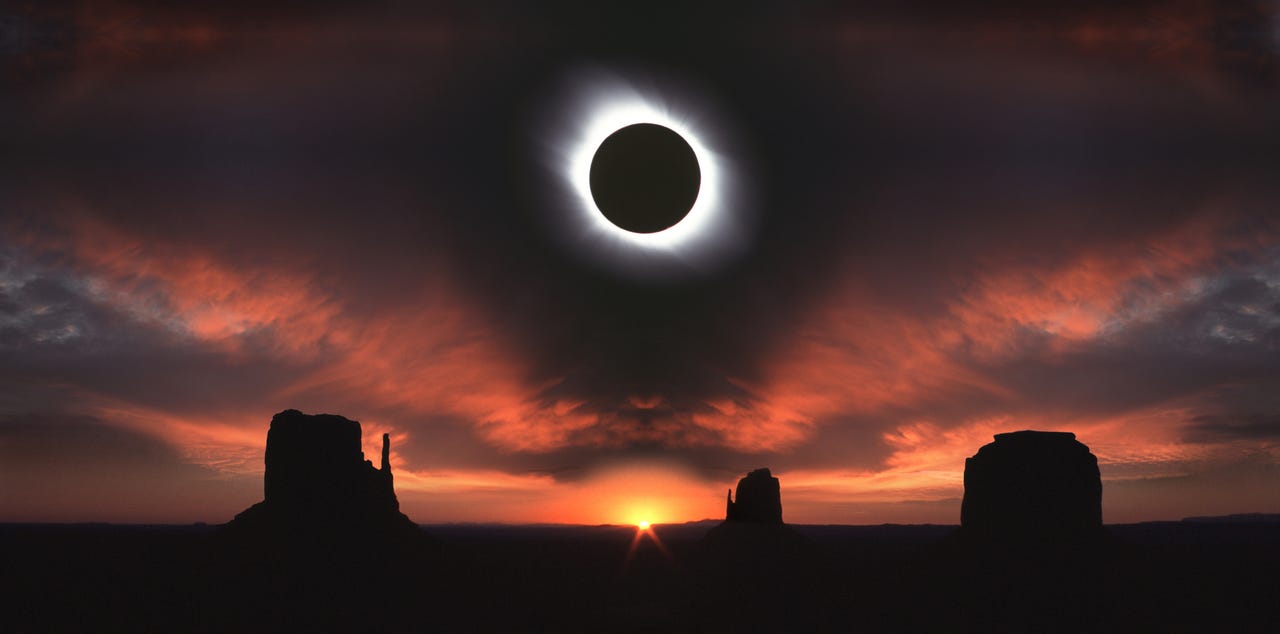From residents in the eclipse’s direct path to those planning a special journey, we’ve got all your burning questions about the 2024 solar eclipse covered.
When and Why is the 2024 Solar Eclipse Special?
The 2024 solar eclipse is set to occur on Monday, April 8, 2024. The path of the eclipse will traverse Mexico, the United States, and Canada, with the first sighting expected on the Pacific coast of Mexico around 11:07am PDT.
This eclipse is particularly special as it will be the first total eclipse visible in Canada since 1979, Mexico since 1991, and the US since 2017. Additionally, the totality of the eclipse (when the moon completely covers the sun) is expected to last up to 4.5 minutes – twice as long as the 2017 eclipse and the longest in over a decade. The path of totality is also anticipated to be as wide as 115 miles in some areas, allowing more people the opportunity to witness the eclipse.

Where to Watch the 2024 Solar Eclipse?
To view the eclipse, you’ll need to be in its direct path. NASA provides a useful table with major cities and estimated times to help plan your viewing. It’s also important to choose a location with a clear view of the sky, free from tall buildings or trees that could obstruct your view. Be sure to check local weather forecasts and confirm any special policies for public viewing areas. As many cities along the eclipse path are expecting a large influx of visitors, it’s advisable to plan accommodations, meals, and viewing spots in advance. Google also offers a free solution for those who wish to watch the eclipse on April 8.
How to Safely Watch the Eclipse?
To safely observe the solar eclipse, it’s essential to protect your eyes from harmful UV and infrared radiation. Here are some guidelines:
Never look directly at the sun, even during an eclipse. This can lead to “sunburning” of the eyes, causing discomfort and potentially permanent vision damage.
Use special eclipse glasses, binoculars, or a telescope with lenses treated with a special filter coating for eclipse observation. Ensure these are ISO 12312-2-certified to protect your eyes from harmful UV and IR radiation.
You can use a welding mask or goggles if the lenses are tinted to shade 12 or darker.
Create a camera obscura using a cardboard box or kitchen colander.
If all else fails, check out YouTube and Twitch for livestreams of the eclipse.
When shopping for solar eclipse glasses, make sure they are ISO 12312-2-certified. This certification should be clearly stated on the glasses or their packaging. Regular sunglasses are not ISO-certified and won’t provide adequate eye protection. You can also find ISO-certified binoculars and telescopes for a magnified view of the event. Special filters for DSLR and smartphone cameras are available as well, allowing you to watch the eclipse on your phone or take photographs. Remember, safety is paramount when observing a solar eclipse.
Related Posts

ChatGPT’s Google Search Rival Set to Launch ! – Can SearchGPT Break Google’s Dominance?
A New Era for the Internet? ChatGPT’s Google search rival, SearchGPT, is anticipated to make its debut by the end of this year, marking a significant advancement in OpenAI’s chatbot technology. According to the Press Gazette, Varun Shetty, OpenAI’s head of media, confirmed at a Brussels conference that SearchGPT is expected to be integrated into ChatGPT by year-end. SearchGPT, OpenAI’s AI-driven search engine, is designed to provide quick answers without the need to visit other websites. Users can simply ask, “Did the Kansas City Chiefs beat the Miami Dolphins last night? And if so, who scored?” and get a complete summary of the results. Currently, SearchGPT is in the testing phase, and early reports of its performance have been mixed. The Washington Post’s hands-on review in September highlighted that Google’s AI competitor still requires improvements. Shetty’s announcement that SearchGPT will be available before the end of 2024 indicates that OpenAI has made strides in its development, bringing it closer to competitors like Perplexity and Arc Search. War of the Search Engines The introduction of OpenAI’s search engine could be pivotal in both AI development and the competition for search engine supremacy. Google has long held an unrivaled position, but OpenAI’s advancements could pose a significant challenge. Unlike traditional search engines, SearchGPT responds to queries in natural language and provides sources for its answers, allowing users to easily access full articles. Shetty mentioned, “This is the core experience we’re building. It’s about finding the right balance between users and publishers.” Currently, ChatGPT provides answers without citing sources. The launch of SearchGPT aims to address this concern by enabling users to read original content rather than just receiving brief AI-generated summaries. Using AI on my iPhone 16 Pro Max for web searches with Arc Search has been impressive, but OpenAI’s entry into this arena could be a game-changer. Time will reveal if SearchGPT can truly compete with Google to become the preferred search engine for internet users. End of Article There you go! Now, it’s all revamped and ready to catch the eye. 🎉 Related Posts

Android’s Find My Device: A Compass Tool and UWB Support on the Horizon
In the ever-evolving world of smartphone features, the race to enhance device tracking capabilities has taken center stage. Android’s Find

Pretty! This has been a really wonderful post. Many thanks for providing these details.